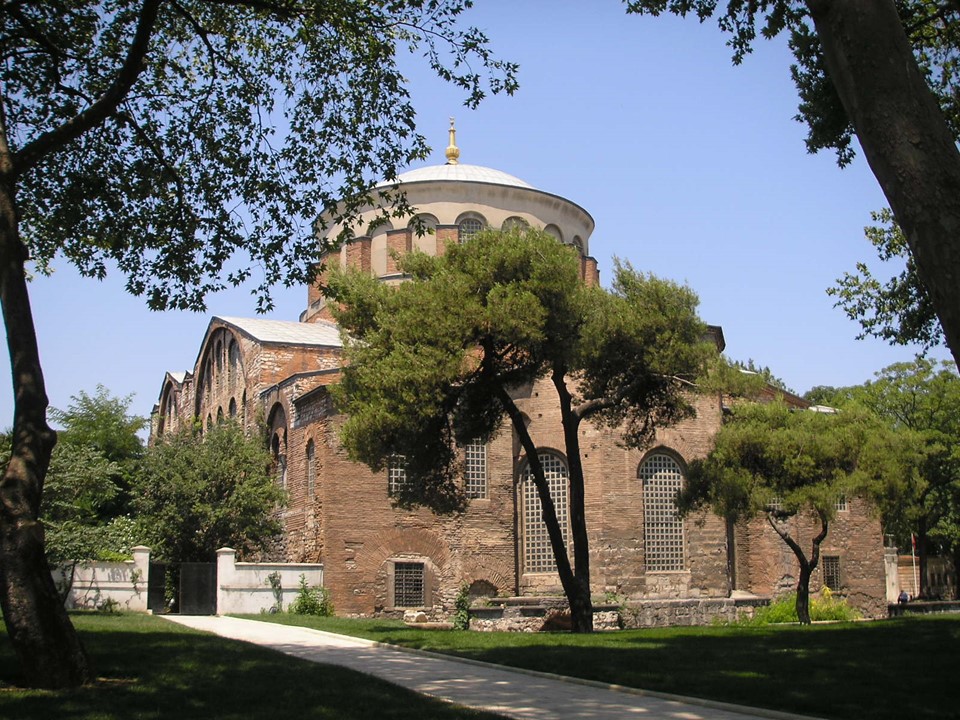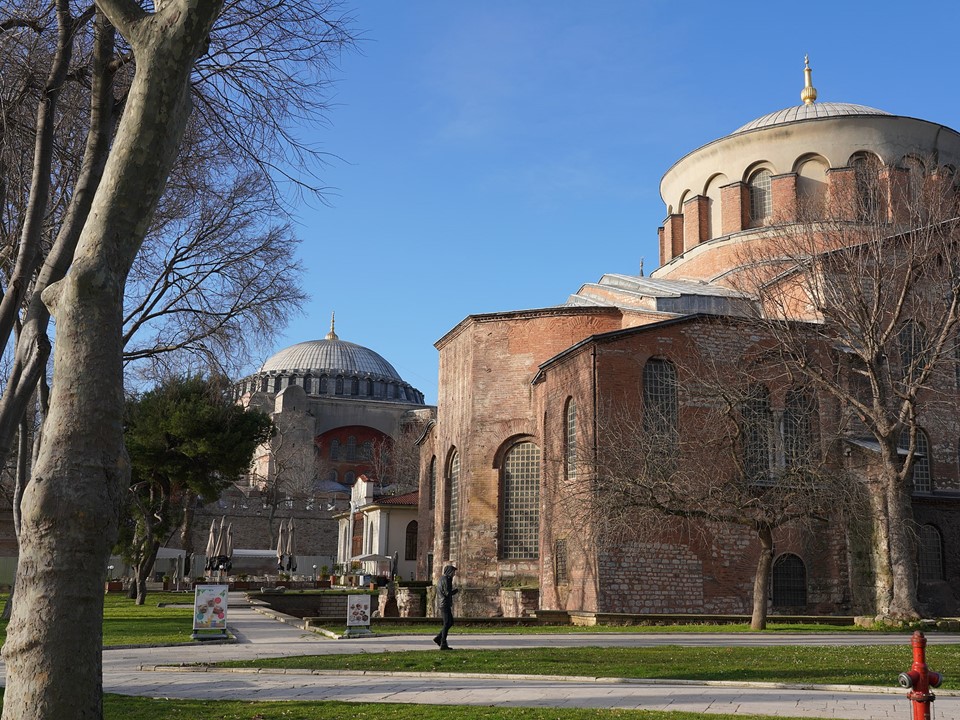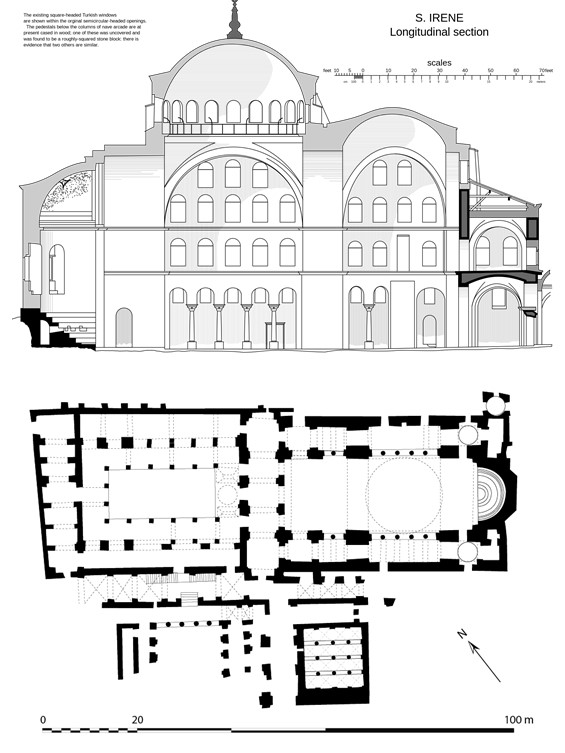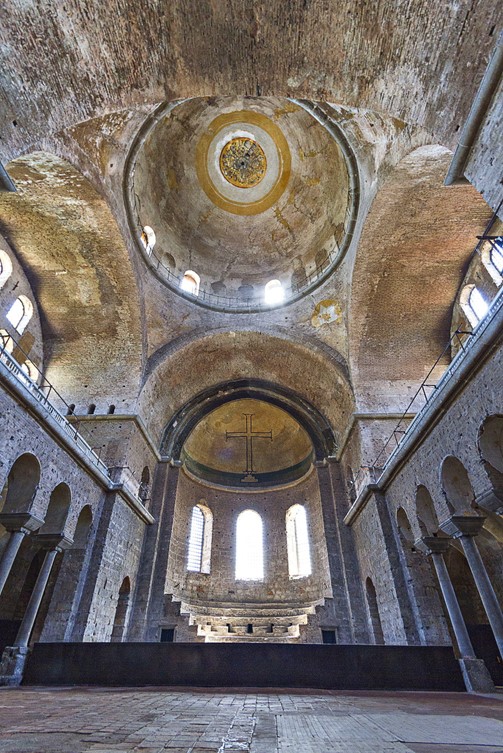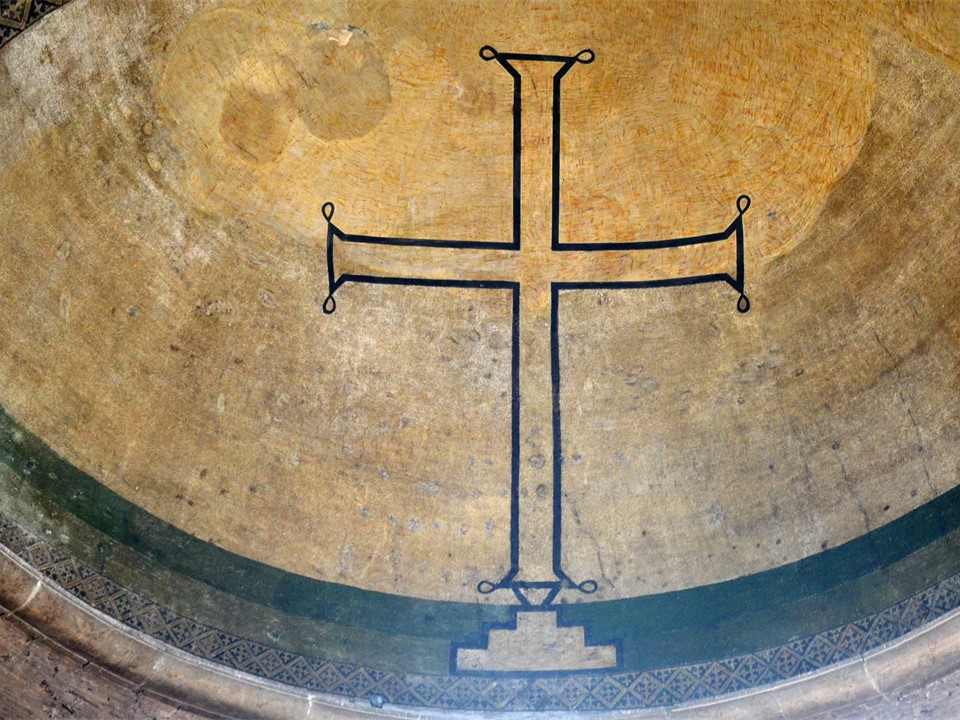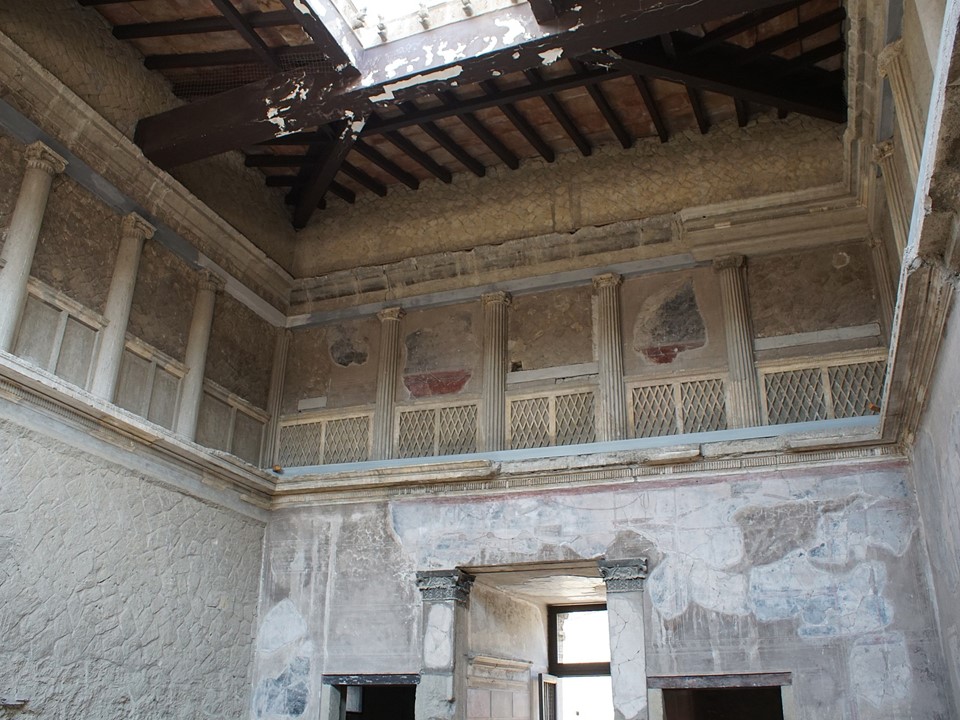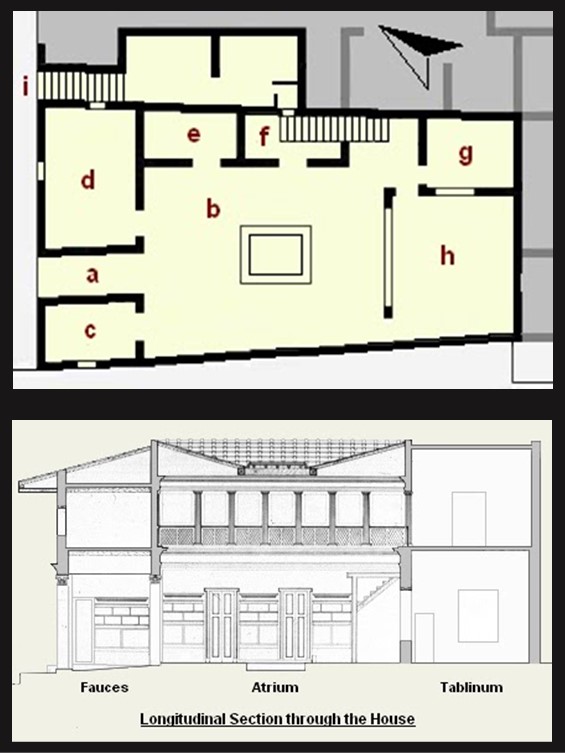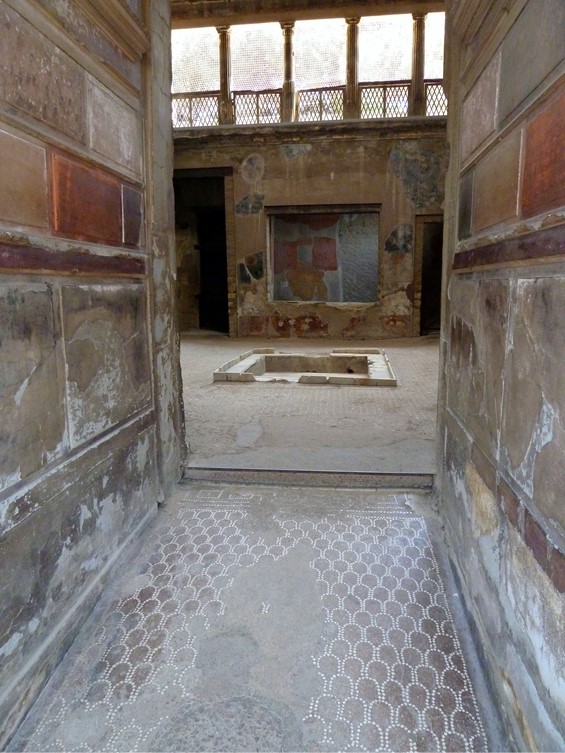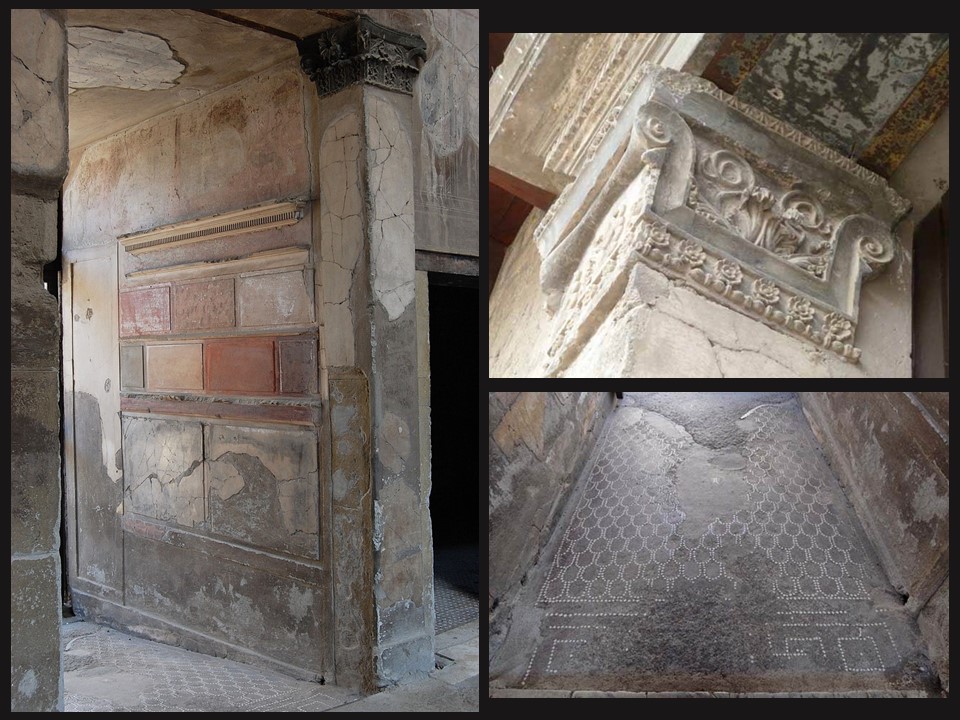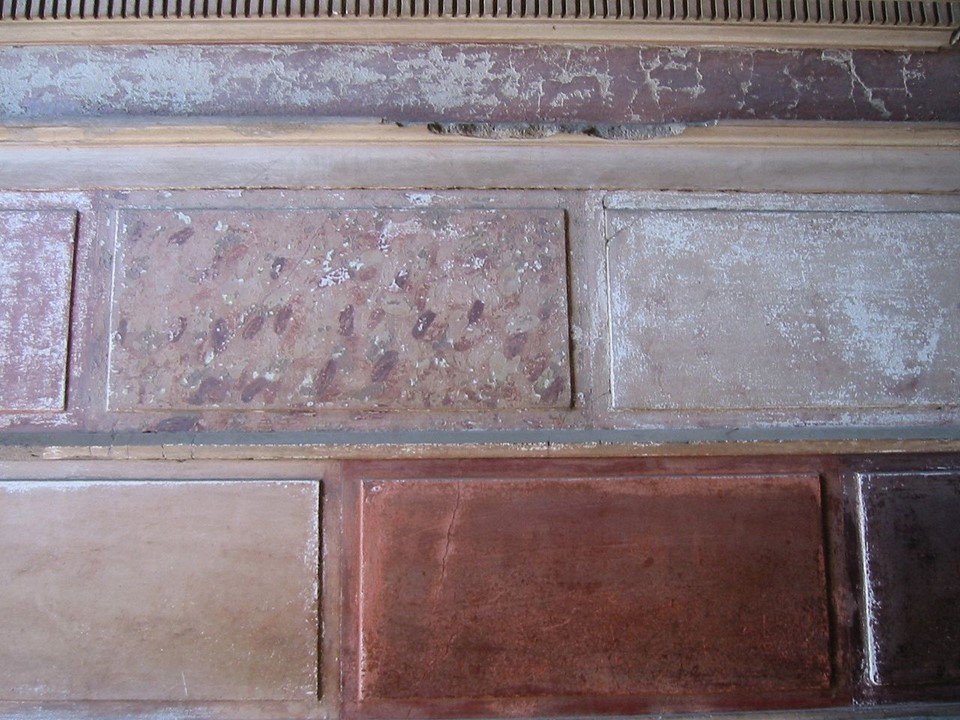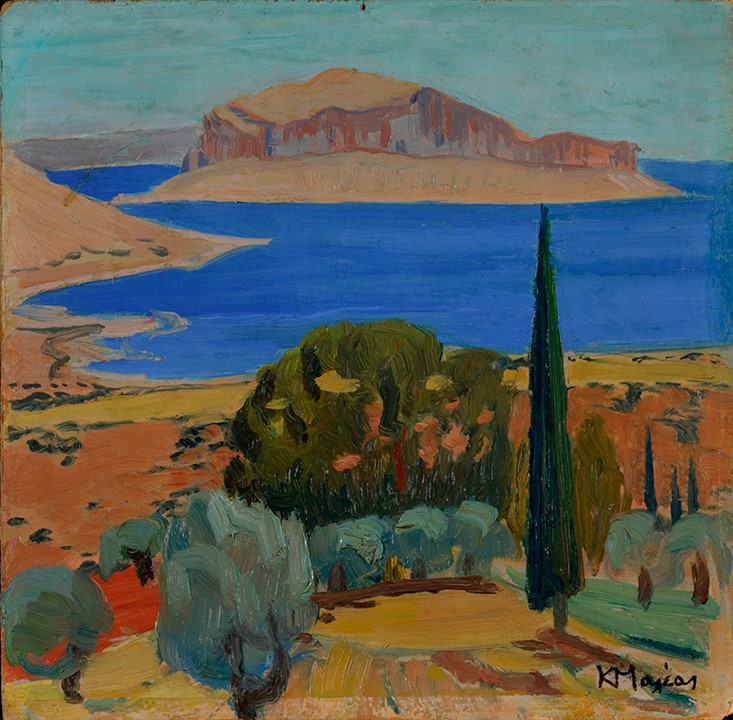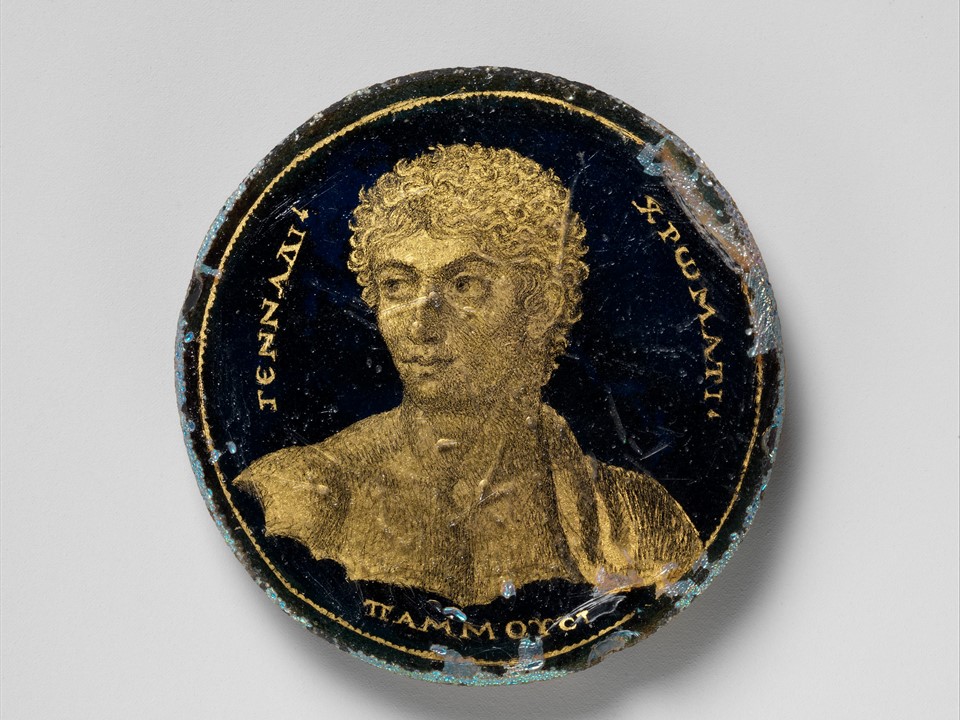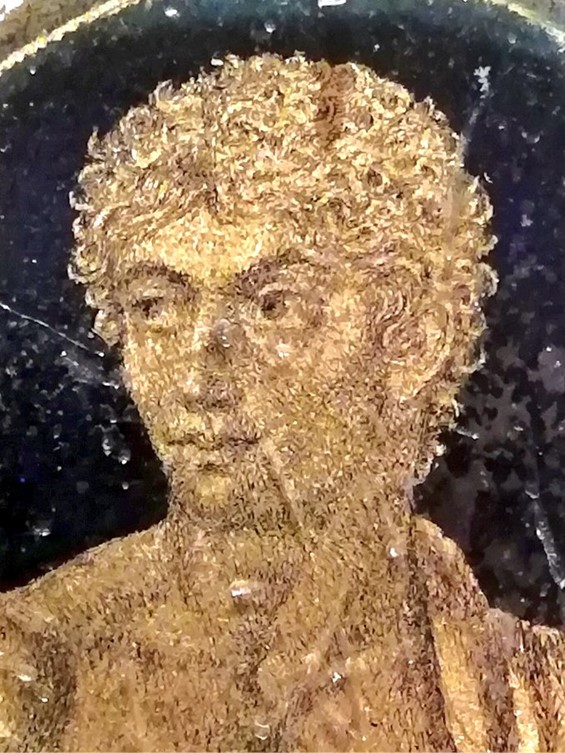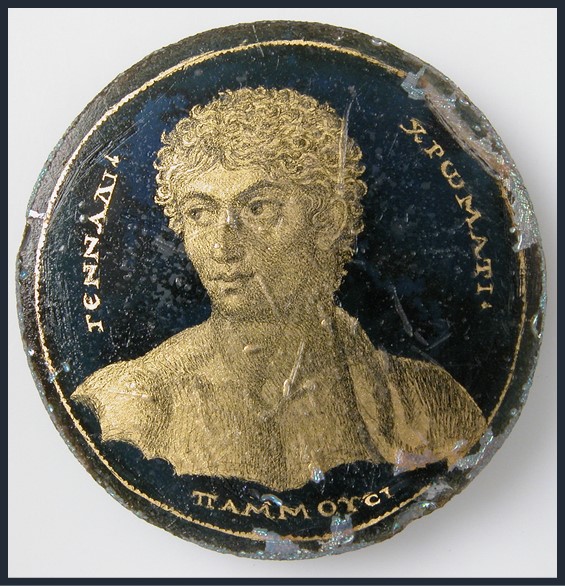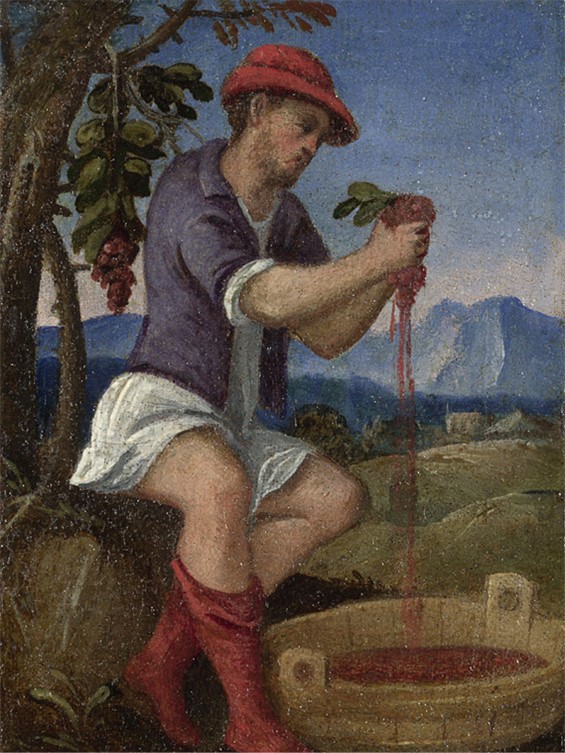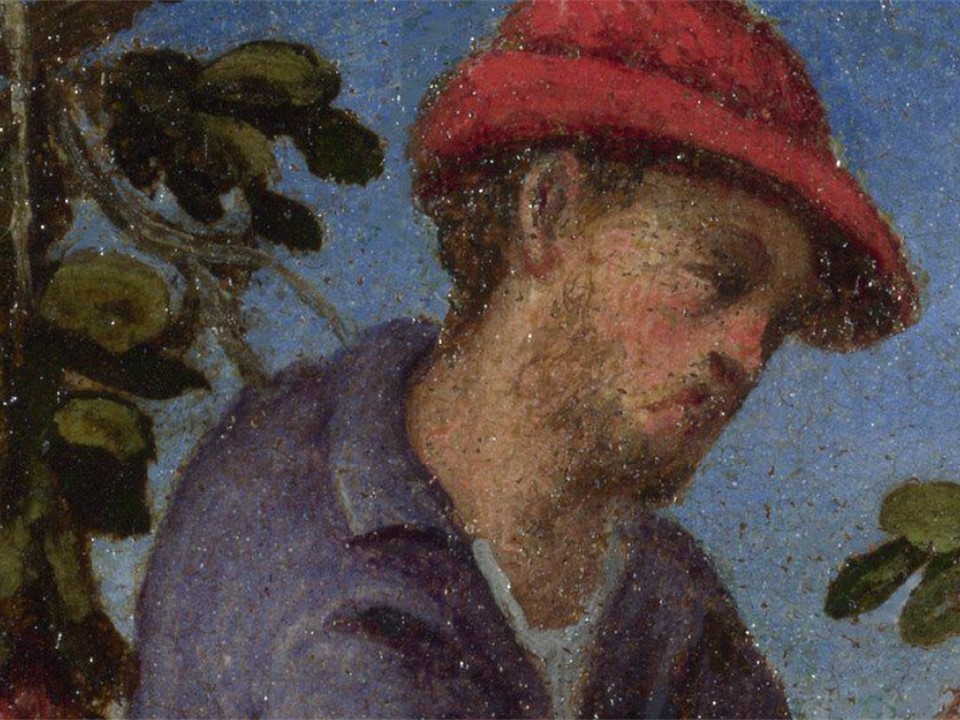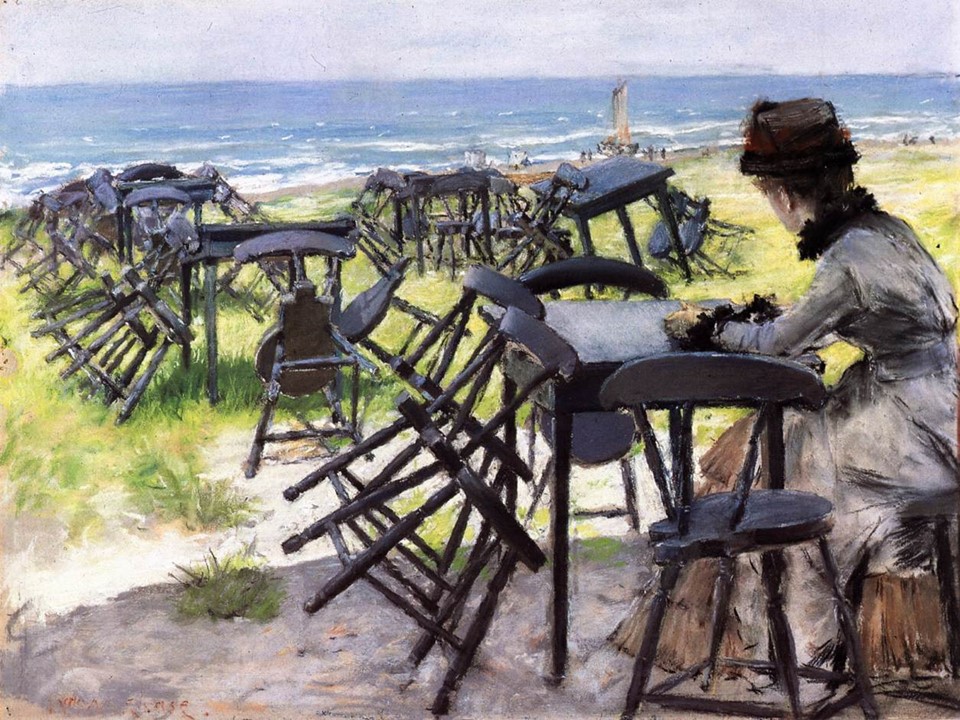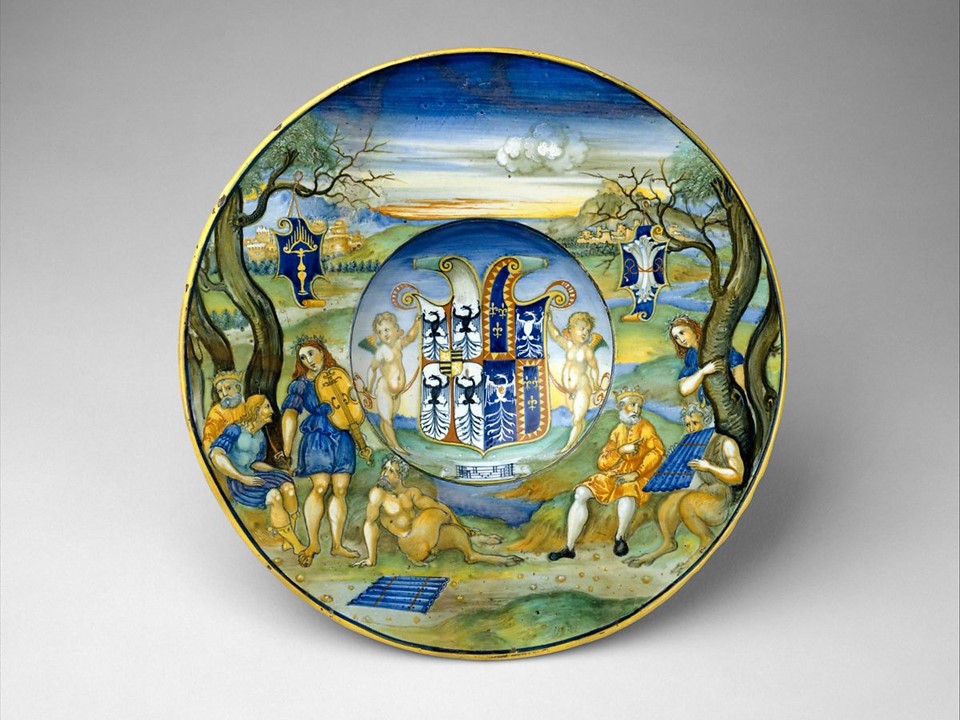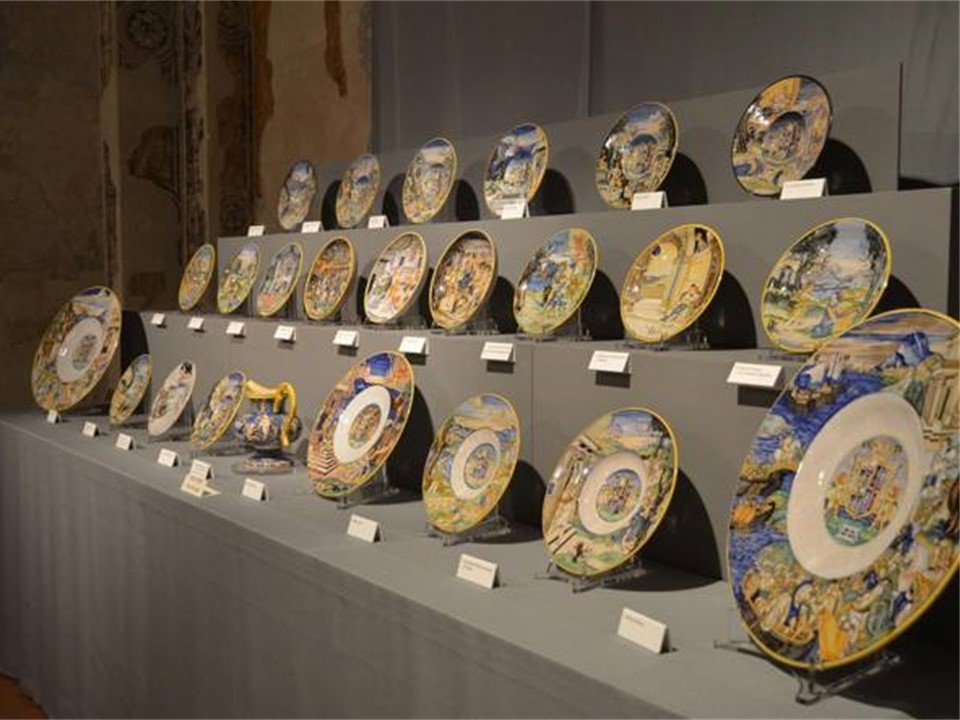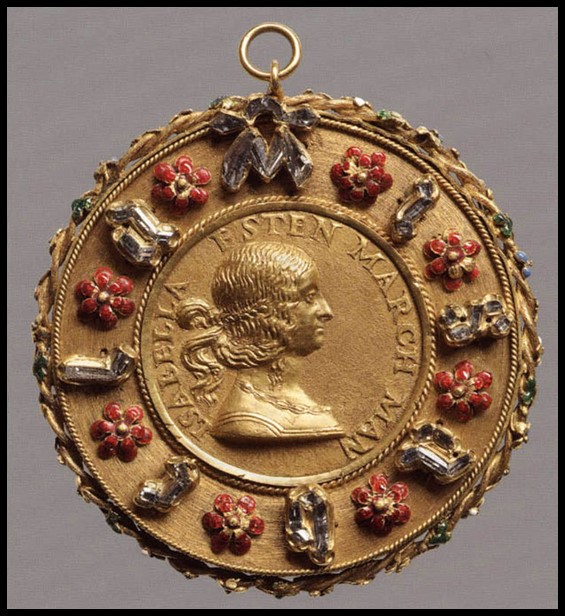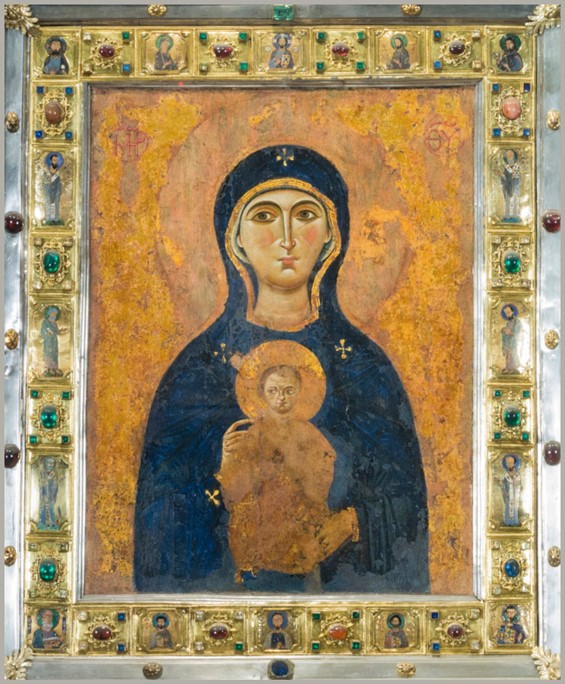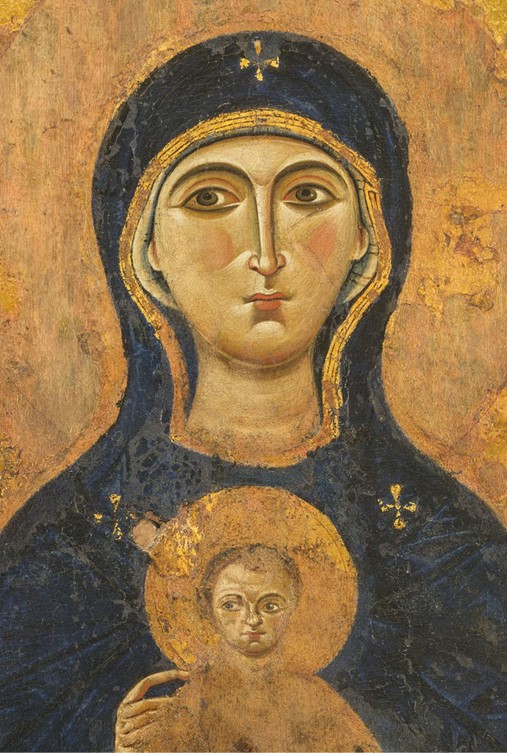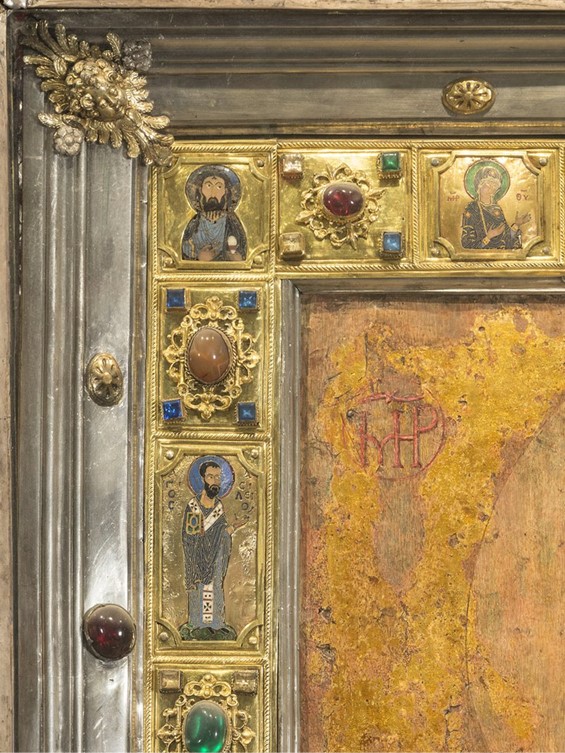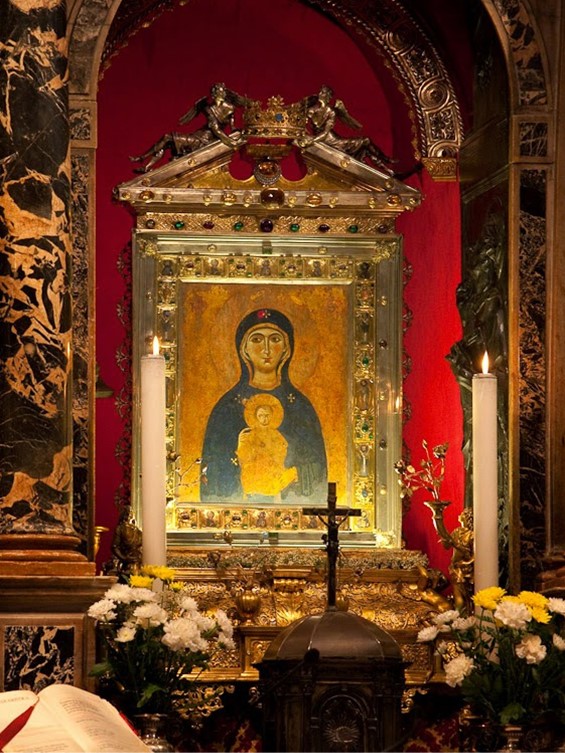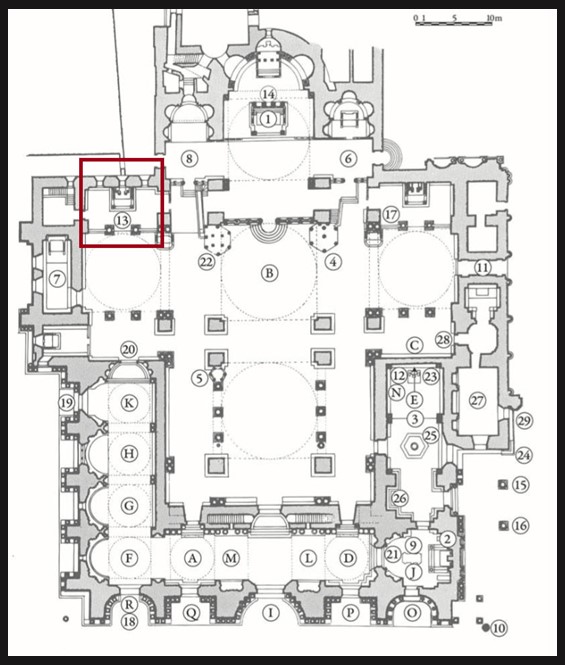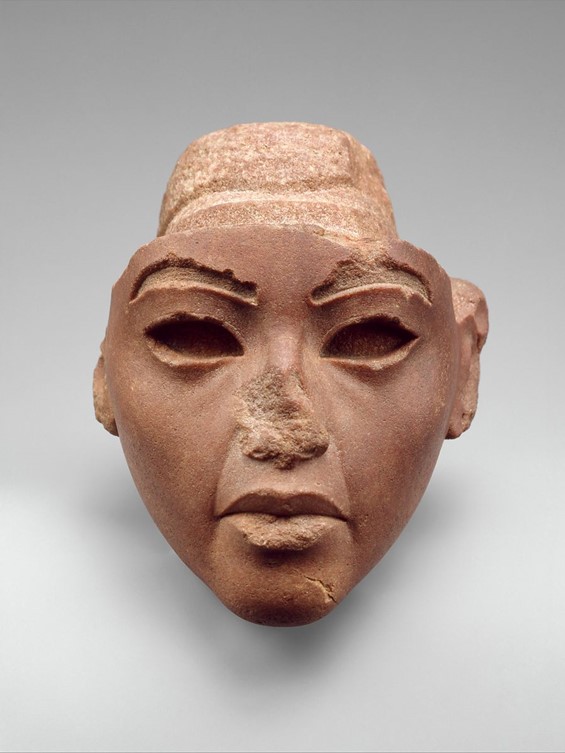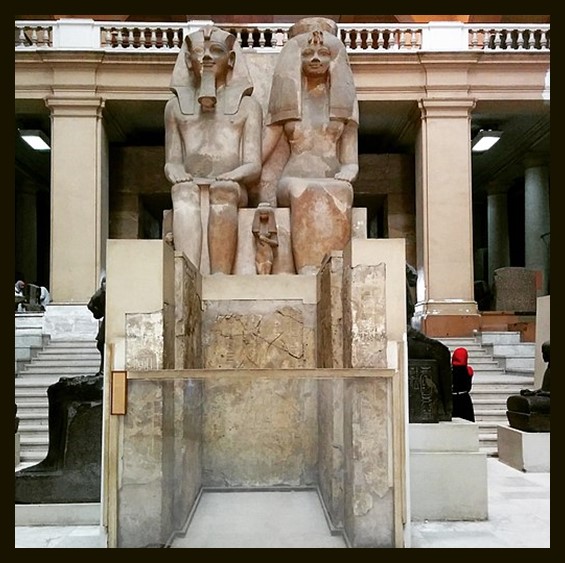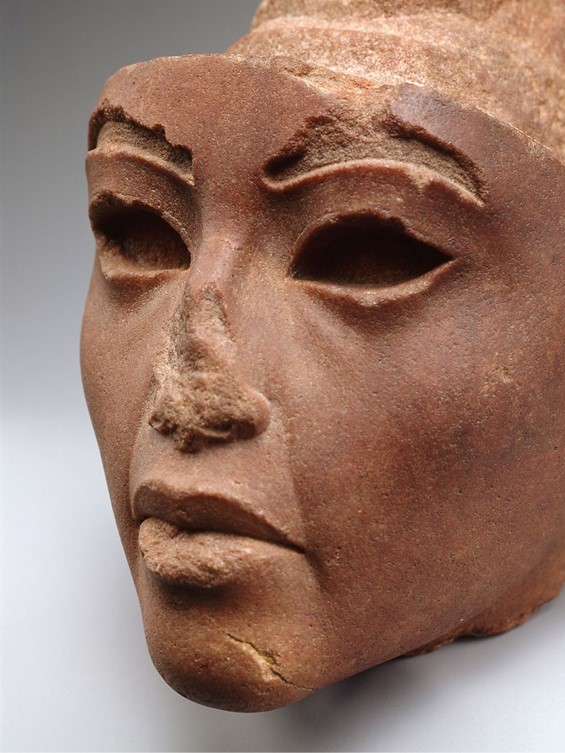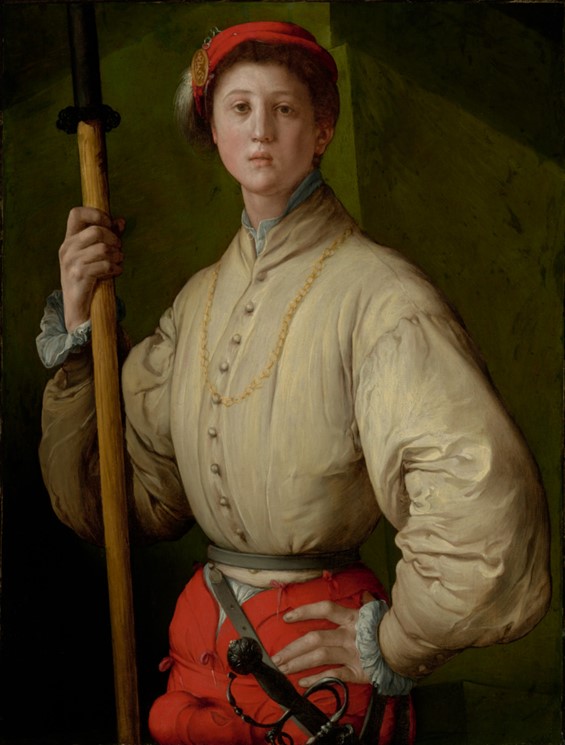
Portrait of a Halberdier (Francesco Guardi?), 1529–1530, Oil (or oil and tempera) on panel transferred to canvas, 95.3 × 73 cm, The J. Paul Getty Museum, CA, USA
http://www.getty.edu/art/collection/objects/824/pontormo-jacopo-carucci-portrait-of-a-halberdier-francesco-guardi-italian-florentine-1529-1530/?dz=0.5000,0.5000,0.62
Reading Vasari’s Life of Jacopo da Pontormo, and preparing for the artist’s Portrait of a Halberdier, I would like to quote three remarks about his extraordinary abilities, by great masters of the time… Jacopo’s first work was, a little Annunciation, Raphael, upon seeing this, he marvelled, and foretold Jacopo’s future success. When Andrea del Sarto saw the figures of Faith and Charity painted by Pontormo for the central arch of the portico of the Basilica della Santissima Annunziata, he is reported saying to Jacopo, …your work is so good that I am sure you could not do better, and as you will have no lack of employment, use these designs (Pontormo wanted the painting changed and had created new designs for the portico) for something else. His work was of such beauty, continues Vasari, that for its new style and the sweetness of the heads of the two women and the charm of the infants it was the finest fresco ever seen till then. Michelangelo, on seeing it, and knowing it to be the work of a youth of nineteen, said… This youth, if he lives and continues to pursue art, will attain to heaven. http://www.artist-biography.info/artist/jacopo_da_fontormo/ and http://www.museumsinflorence.com/musei/Santissima-Annunziata.html
Jacopo Carucci, known as Pontormo, was a Mannerist Florentine artist, the son of Bartolomeo di Jacopo di Martino Carrucci, an artist as well. He was famous for his ambiguous approach to pictorial space and perspective, wherein his figures, spiritual rather than physical, painted in vivid, crisp colours with fluid contoured lines, float in space, twist, swirl, and entwine, defying the forces of gravity. Pontormo was a versatile painter famous for religious scenes, secular compositions, and insightful portraits. His portraits presenting the ruling Medici dynasty in Florence, the educated elite, and his less aristocratic friends, possess a rare psychological dignity that is enhanced by the artist’s fine eye for symbolism (which, in the case of the Medici’s, alluded to their political and economic power). https://www.theartstory.org/artist/pontormo-jacopo-da/
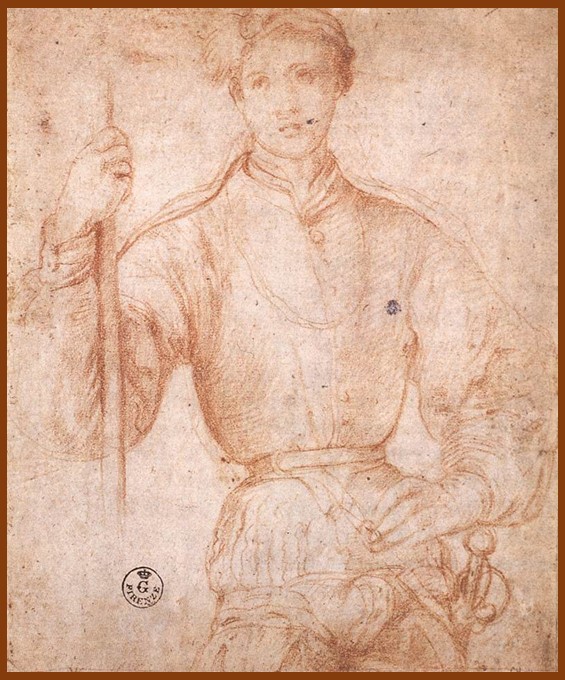
Study of Francesco Guardi as a Halberdier, 1529-30, Red Chalk, 209 x 169 mm, Galleria degli Uffizi, Florence, Italy
https://upload.wikimedia.org/wikipedia/commons/9/98/Jacopo_Pontormo_-_Halberdier_-_WGA18130.jpg
My favourite Pontrormo Portrait, in the Getty Museum, presents a young, fashionably dressed, Florentine foot soldier, holding a roncone or a halberd, a combination spear and battle-axe weapon, standing before a fortress wall. His direct stare and swaggering pose are strikingly poignant, given the smooth unlined face and slim body that betray him as no more than a teenager. According to Vasari, during the siege of Florence in about 1529, Pontormo painted a “most beautiful work, a portrait of young nobleman Francesco Guardi as a soldier.” It was common practice during the 1529 siege, boys too young to fight took up arms and followed their fathers on patrols in defense of the republic. The historian Benedetto Varchi remarked that these Florentine youths offered “the most beautiful sight… because they were as well armed as they were splendidly dressed.” Could the Portrait of the Halberdier portray young Francesco Guardi? I can only imagine how proud his father must have been! http://www.getty.edu/art/collection/objects/824/pontormo-jacopo-carucci-portrait-of-a-halberdier-francesco-guardi-italian-florentine-1529-1530/?dz=0.5000,0.5000,0.62 and https://www.metmuseum.org/art/collection/search/821849?&exhibitionId=%7b2c98eb4f-1cd0-43dc-912e-1fd5d5ef9c00%7d&oid=821849&pkgids=689&pg=0&rpp=20&pos=8&ft=*&offset=20
Pontormo’s Portrait of a Halberdier or young Francesco Guardi is currently exhibited in the Metropolitan Museum in New York, part of the magnificent Exhibition The Medici, Portraits & Politics, 1512-1570 (June 12-October 11, 2021). According to the MET experts… Through an outstanding group of portraits, this major loan exhibition will introduce visitors to the various new and complex ways that artists portrayed the elite of Medicean Florence, representing the sitters’ political and cultural ambitions and conveying the changing sense of what it meant to be a Florentine at this defining moment in the city’s history. The exhibition features over 90 works in a wide range of mediums, from paintings, sculptural busts, medals, and carved gemstones to drawings, etchings, manuscripts, and armor. Included are works by the period’s most celebrated artists, from Raphael, Jacopo Pontormo, and Rosso Fiorentino to Benvenuto Cellini, Agnolo Bronzino, and Francesco Salviati. I wish I could visit… to explore and marvel! https://www.metmuseum.org/exhibitions/listings/2021/medici-portraits-and-politics
For a PowerPoint on Portraits by Pontormo, please… Check HERE!
